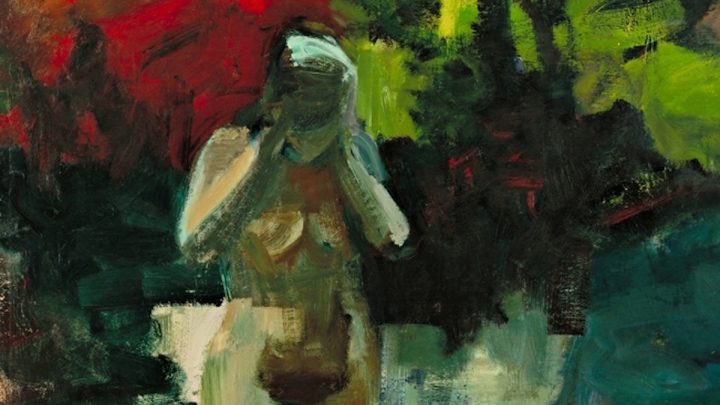

Several years ago, Rachel Cusk broke with conventional fiction. Her Outline trilogy, which she began publishing in 2014, stepped so far from traditional plot and character that it seemed to render them both unnecessary. In the New Yorker, Judith Thurman wrote that the Outline books represent, if not a “‘reinvention’ of the novel, [then] a point of departure for it.” Surprisingly, though, Cusk’s first post-trilogy novel, Second Place, hews closer to the novel’s standard shape. Second Place is a fiercely odd, even unfashionably allegorical book. Structurally, though, it isn’t abnormal at all. It’s an epistolary novel — the most old-fashioned form! — and one that uses all of fiction’s standard tricks. I’d be disappointed if it weren’t so bafflingly good.
Bafflement, alongside art, is Second Place’s central theme. Cusk’s narrator, a middle-aged, retired-ish writer named M, is confused by her relationships with her daughter and her silent, saint-like husband Tony; she’s confused by femininity; she’s confused by art, though she also loves it to the point of worship. She and Tony even build a shrine to it, in the form of a “second place” on their rural property, which functions as an artist’s retreat. Second Place’s action starts when she invites her favorite artist, L, to work there. His presence is a catastrophe. L is astoundingly cruel. He belittles Tony; he claims he wants to destroy M. He torments her, but her devotion to his painting is so strong that, rather than kick him off her property, she tries frantically to persuade herself that his awfulness serves his art.
M’s excuse-making takes up much of the novel. Between painful scenes of L acting badly, she tests out different theories. Is he horrible because real artists are amoral, subject not to laws of kindness but to the “call of truth?” Has painting somehow made him manipulative? Is it his purpose in life to help others “accept […] ugliness?” None of these explanations hold water. Cusk, I think, intends them not to. Instead, they create emotional chaos.
Here, big ideas about art, coupled with M’s admiration for L’s work, lead the protagonist to disregard her own life — and, in fact, to jeopardize her happiness. After a novel’s worth of theorizing, M turns, finally, to the real world, which Tony very much represents. Instantly, L’s power over her — and over the novel — is gone.
It would be too much to say that Second Place rejects art, or asks readers to consider it unimportant. But Cusk’s ongoing skepticism toward artistic dogma is clear here, as it was in the formal experimentations of the Outline trilogy. In those three books, she turned from pure invention to what Thurman described as a merging of fiction and oral history. In the highly inventive Second Place, Cusk uses fiction as a tool to turn readers away from art, toward life. Surely, then, she must still believe we need both.
Second Place (Farrar, Straus and Giroux, 2021), by Rachel Cusk, will be available on Bookshop starting May 4.
0 Commentaires